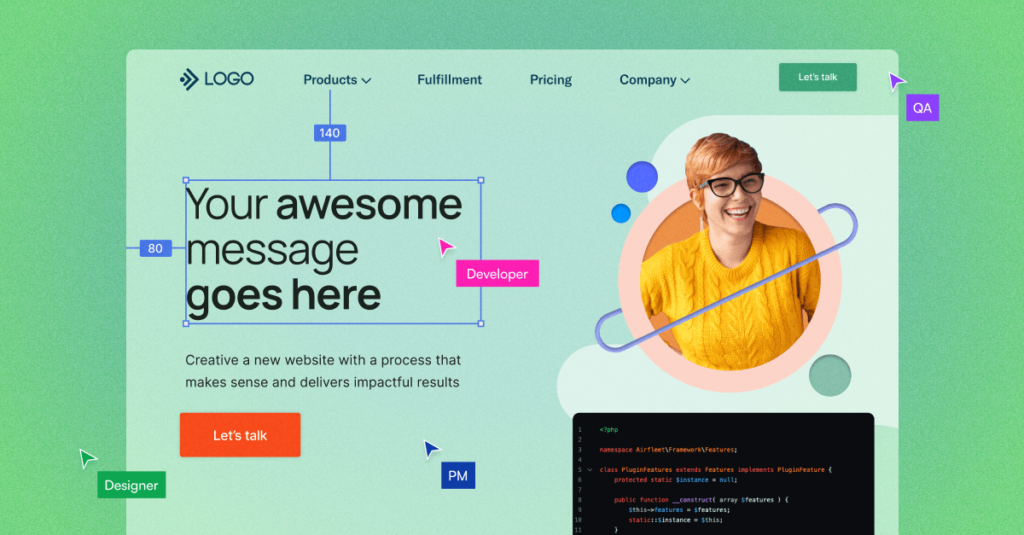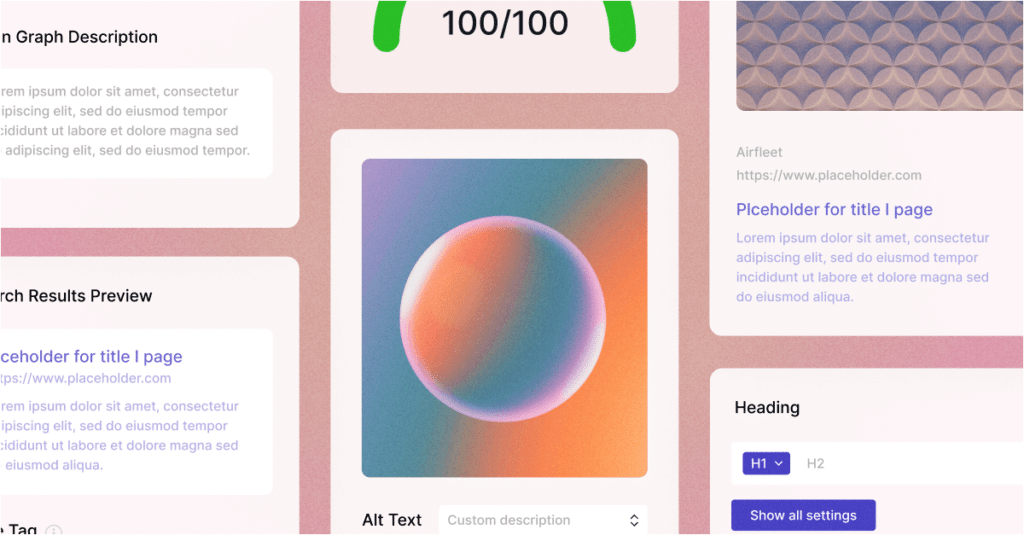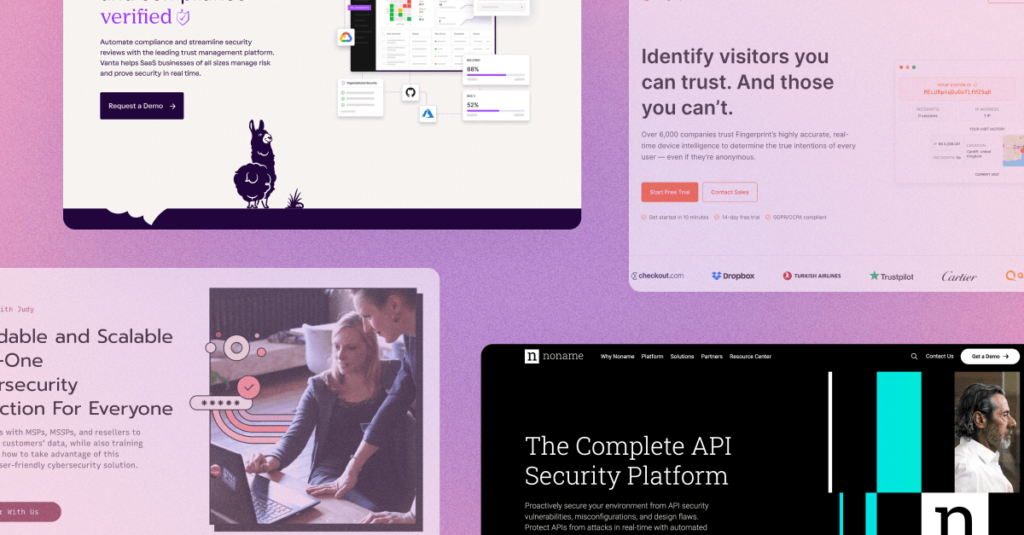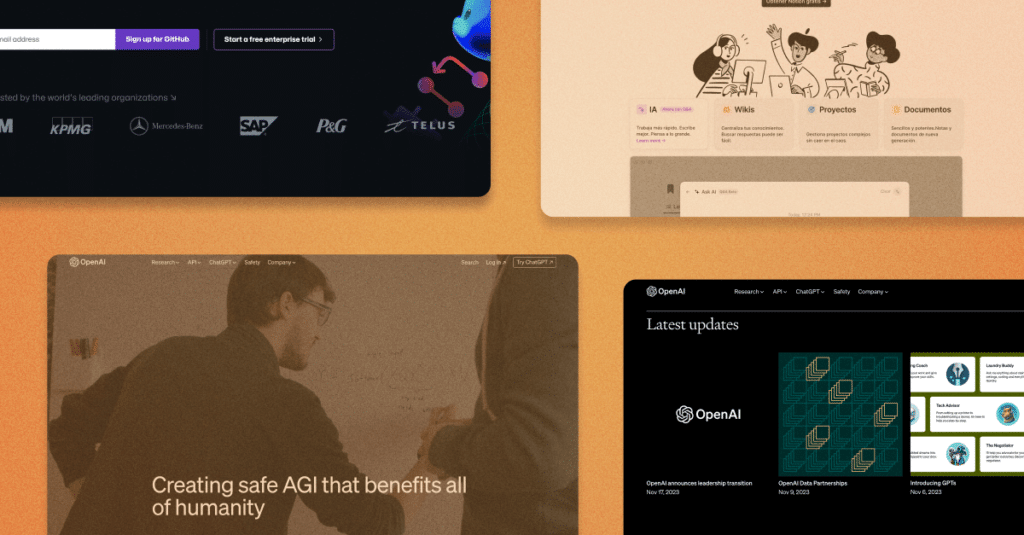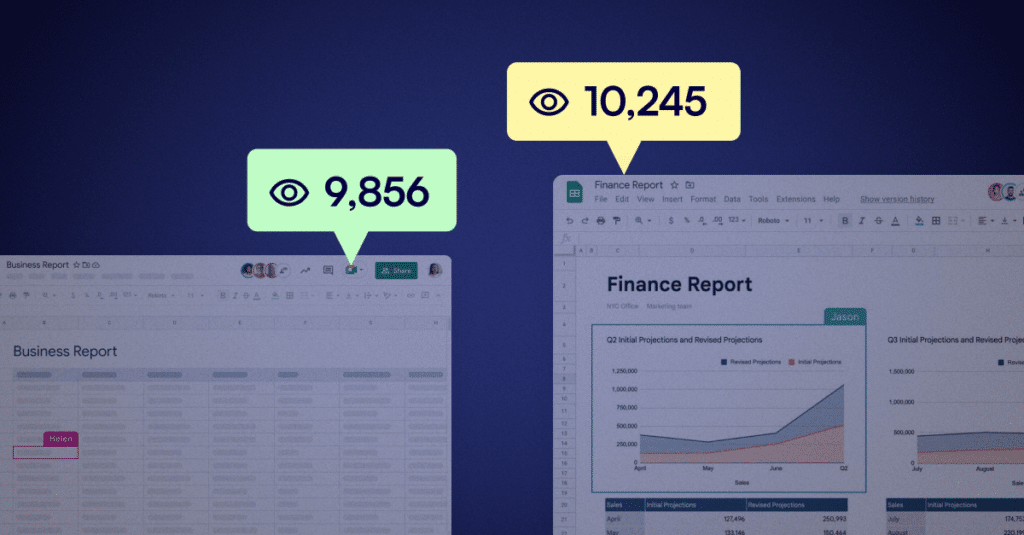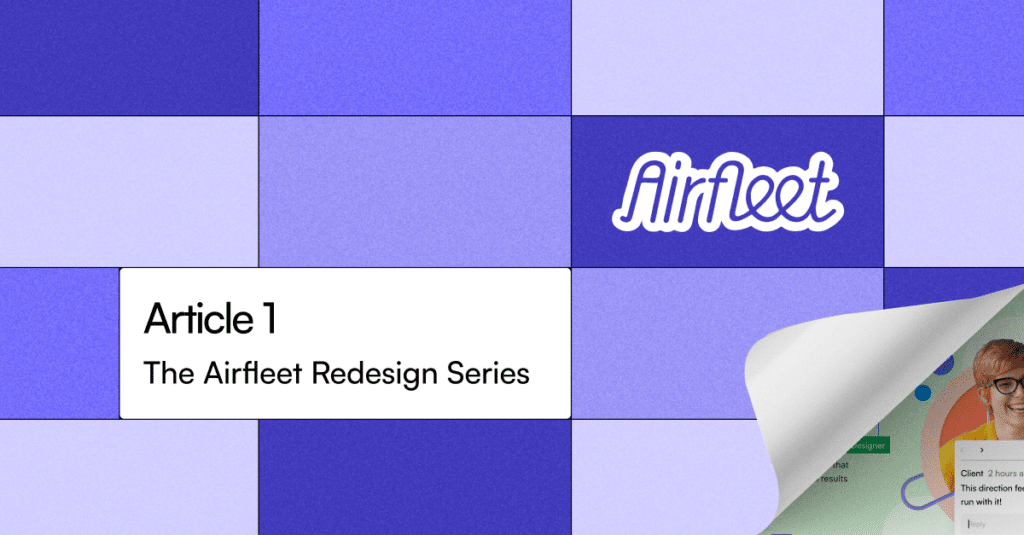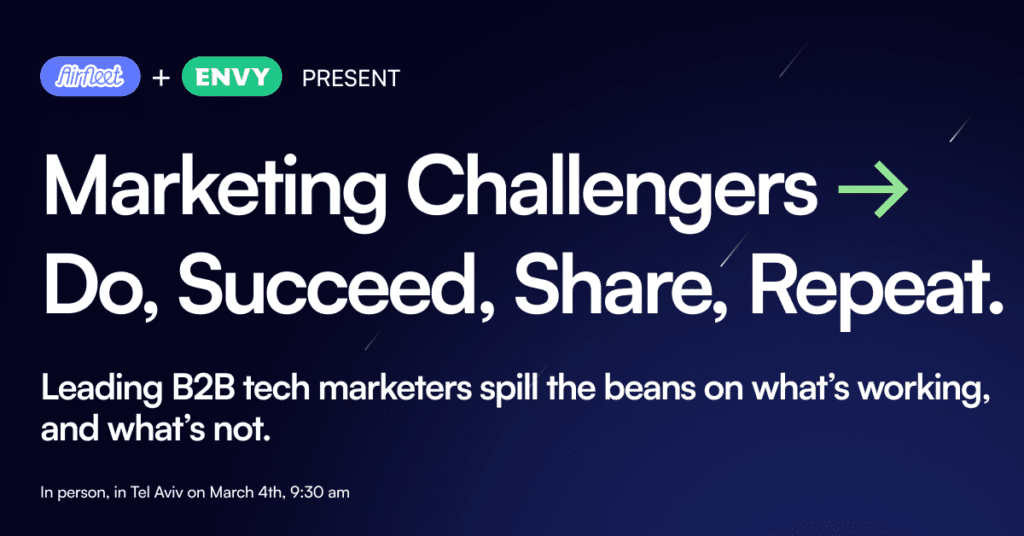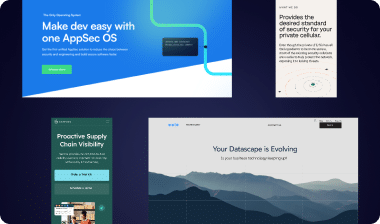Website Structure That Makes Sense
The right content, for the right visitor at the right context, this is what it’s all about
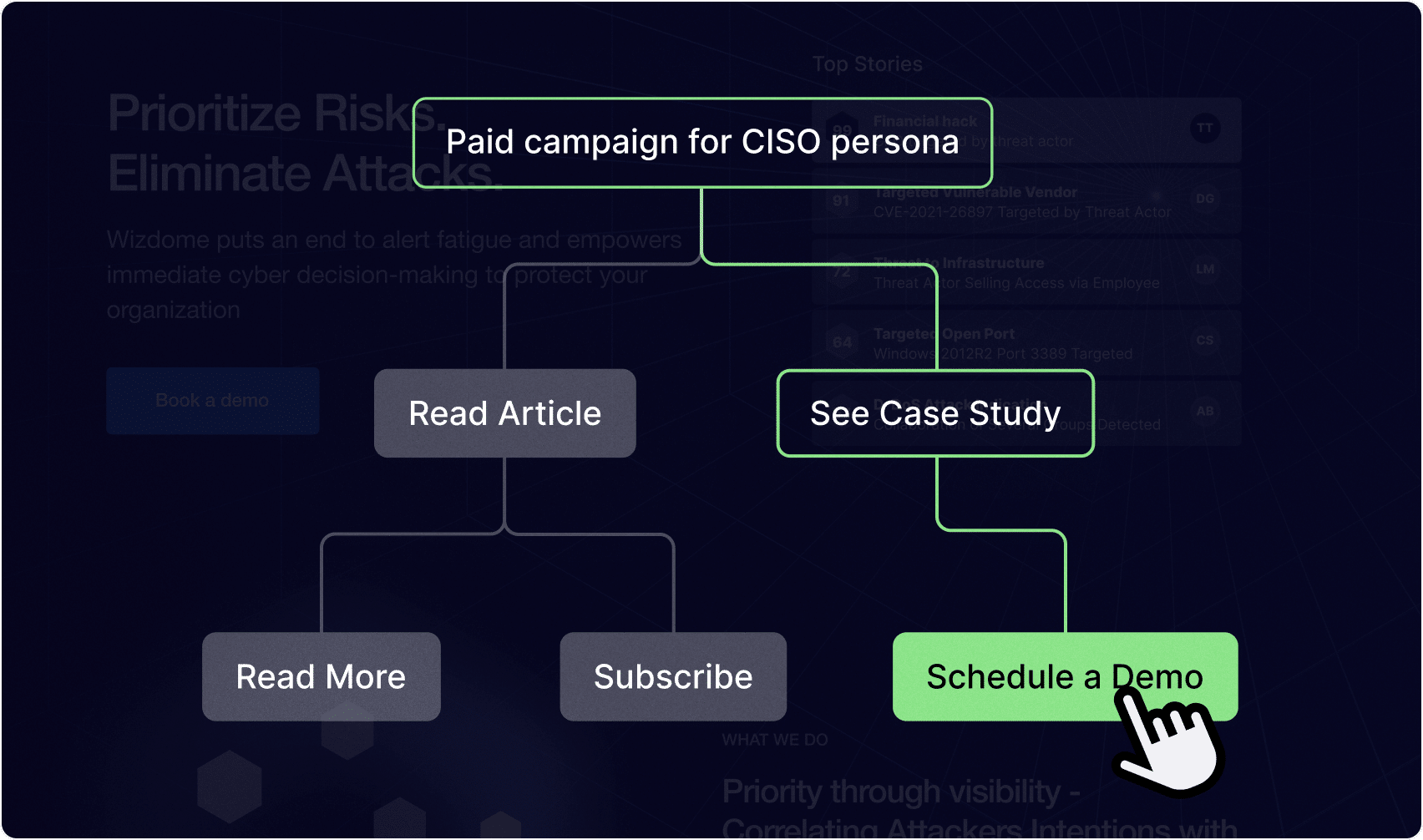
The Grand Survey
Where we get to know your brand and ICP
After years of practice and analyzing of hundreds of websites we’ve created our grand survey. A concise list of questions to make sure we match the best page manifest to your need.
Your Company
Understanding your category, industry, competitors and vision are used to create a map of where you currently stand and where you aim to be with your brand. This impacts the homepage, which parts of your company and products we emphasize.
Your ICP
The most important part of the website strategy is to make sure we cater to your ICP. We’ll research your personas, who’s on the buying committee? What they care about? What they expect to see on a website?
Then we’ll tailor the type of information they’ll see on your website.
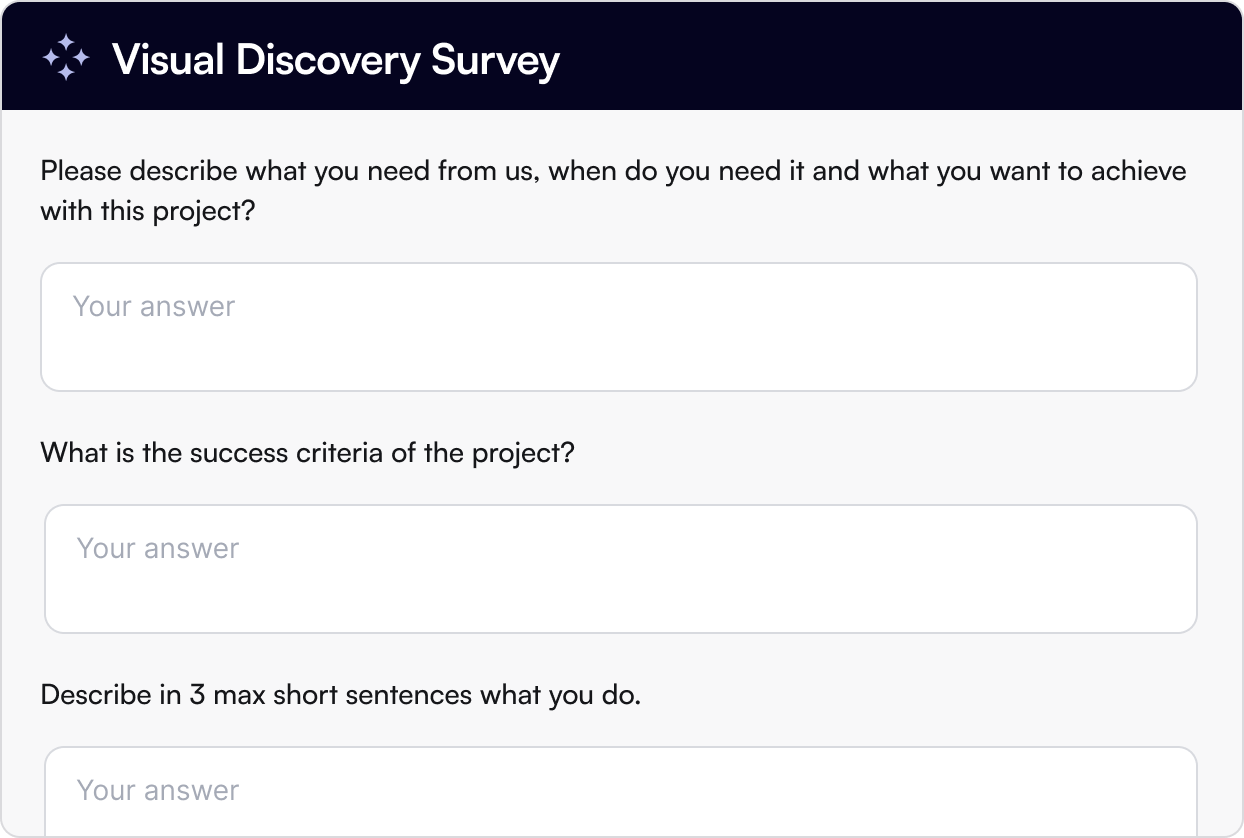
Your Offering
Once we understand who you target, we research what is your offering, what’s the differentiation of your product vs other products your audience is looking at. Based on your offerings, we’ll breakdown the platform / product / solution /services page, and decide the main part on your homepage to drive them to the right place.
The Demo Flow
We all want to convert traffic to opportunities, but without the right demo flow, you’ll either rush people too much, or worse, won’t be there for them when they are ready to buy.
The Resources & Learning
Without proper education, thought leadership and valuable content, your website will be nothing but a nice brochure and a contact form. We’ll make sure we use best practices to organize your content, from blog, through gated resources, webinars, news and events.
Your audience will find what they are looking for, and Google would love you for that.
The Supporting Pages
While 90% of your website will be geared towards your ICP, educating, convincing and selling, you mustn’t forget about your other visitors – from career seekers candidates, through investors and partners.
Those supporting pages will make sure your website cater all visitors and ensure people won’t get lost or be frustrated.
User Journey
Page Manifest & Page Elements
Equipped with everything we need to know, we’ll use our Page Manifest Tool to create the list of pages, their hierarchy, their goal, and their elements.
The User Journey
Once the page manifest and the sections are created, we’ll map out 5 to 10 main user journeys for different personas.
How do they get to the site? SEO? Paid Campaign? Brand Search? Newsletter?
Where do they land, what should they read and see, and what would be the next optimal steps.
With this process in mind, each page and page elements will be updated to reflect the expected user journey, and even help finding missing pages in the page manifest.
While this process takes some time – once we’ll set the ideal user journey for each persona, creating content and wireframes will be a breeze.
Wireframe It Yourself
Wireframe It Yourself
We realized that most marketers would be happy to participate in the website creation process.
Our Figma based Wireframe Builder together with dedicated workshops will help you create your own wireframes, with real content in them, so you’ll be able to visualized the end result in no time.
Once done, we’ll do an optimization and perfection round to make it follow best practice and tailor the unique pages.
New! Our Wireframe Builder is Now Available for All
URL Structure and Hierarchy
Your URLs Matters
URL structure are fundamental for great SEO, but will also support easier analytics review, content grouping and general organization of your website.
And don’t worry, we’ll take care of all of your redirects as well.
